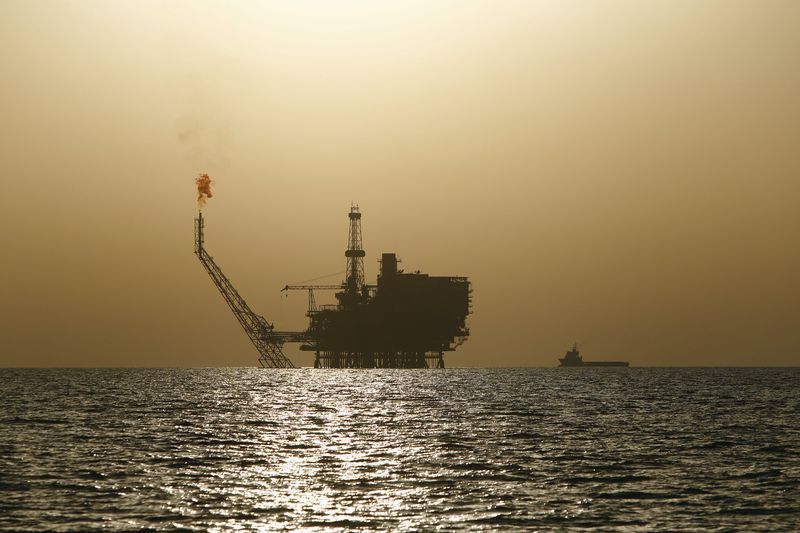* OECD stocks kept rising in May, June to new highs
* Global oil demand robust, but not enough to ease glut
* Middle East market share rises to highest since 1970s
(Adds quotes, details)
By Dmitry Zhdannikov
LONDON, July 13 (Reuters) - The global glut in oil is
refusing to ease and acts as a major dampener on crude prices
despite robust demand growth and steep declines in non-OPEC
production, the International Energy Agency said on Wednesday.
The IEA, which coordinates the energy policies of industrial
nations, said it had revised up its forecasts of 2016 and 2017
global oil demand growth by 0.1 million barrels per day from
last month to 1.4 million and 1.3 million bpd respectively.
It said demand was growing thanks to good consumption in
India, China and, surprisingly, Europe.
"This (European demand growth) is unlikely to last, though,
with the ongoing precariousness of the European economies now
dealing with added uncertainty following the result of the UK
referendum on membership of the European Union," it added.
Oil prices LCOc1 slumped to their lowest in over a decade
at $27 a barrel earlier this year from as high as $115 in 2014
after OPEC raised production to fight for market share against
higher-cost producers such as the United States.
The slump forced many producers outside the Organization of
the Petroleum Exporting Countries to curb output and prices
recovered to around $50 in recent months, also supported by
production outages in countries such as Nigeria and Canada.
But it was not enough to reduce the glut that had
accumulated over the past two years. Commercial inventories in
industrialised nations rose by 13.5 million barrels in May to a
record high of 3.074 billion, the Paris-based IEA said.
Inventories kept building in June, pushing oil in floating
storage - one of the most expensive methods of stockpiling - to
its highest levels since 2009, the IEA said.
"Although market balance is upon us, the existence of very
high oil stocks is a threat to the recent stability of oil
prices," the IEA said.
"Although stocks are close to topping out, they are at such
elevated levels, especially for products for which demand growth
is slackening, that they remain a major dampener on oil prices".
MIDDLE EAST GAINS MARKET SHARE
The IEA also said recent data suggested growth could be
slowing in some key consuming nations.
In China, data for May suggested that year-on-year demand
growth was only 130,000 bpd. In the United States, estimated
gasoline deliveries in April were up just 75,000 bpd
year-on-year, some 410,000 bpd below the IEA's expectations.
On the supply side, after a steep drop by 0.9 million bpd in
non-OPEC production in 2016 to 56.5 million bpd, output is
expected to recover modestly by 0.2 million bpd in 2017.
Meanwhile, OPEC crude output stood in June at an eight-year
high of 33.21 million bpd with Saudi Arabia pumping at
near-record rates of 10.45 million bpd and Nigerian flows
partially recovering from rebel attacks.
Iranian output rose to 3.66 million bpd in June, up 50,000
bpd on May and 750,000 bpd since the easing of Western sanctions
at the start of the year.
"As such, the Middle East's market share of global oil
supplies rose to 35 percent, the highest since the late 1970s
and an eloquent reminder that even when U.S. shale production
does resume its growth, older producers will remain essential
for oil markets," the IEA said.
